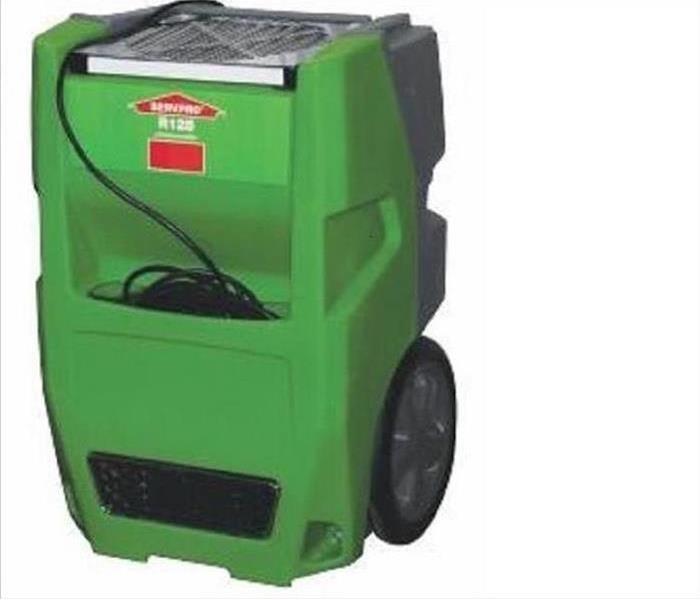Tips To Reduce Mold in a Humid Environment
5/12/2020 (Permalink)
Reduce The Risk of Mold Damage in Your Building
Your commercial building, located in Millbrook, NC, is subjected to high humidity, especially in the hottest months. Mold thrives in a warm, wet environment, so the key is to reduce the high humidity in the air. You can’t totally eliminate the humid conditions, but there are ways to decrease humidity, and along with it, reduce the risk of mold damage in your building.
Utilize Air Conditioning
An air conditioner pulls moisture and heat out of the air as it blows the cool air in.
Keep the thermostat set on “auto” mode, not the “on” mode. If the air conditioner is kept on the cooling "on" cycle, moisture doesn’t have a chance to drain off the evaporator coil before it is evaporated again and sent back into the building.
Don’t turn the air conditioning off at night. Keep it set at a constant temperature 24 hours a day. The system has to work that much harder in the morning to remove the humidity and warm air if it’s turned off at night.
Make sure your air conditioning units are well-maintained. Clean the filters every month and replace them frequently during the hottest months of the year. Check the condensate drain pipe for proper drainage. At least annually, schedule an inspection with a service professional to ensure that your system is running at peak performance.
Install a Dehumidifier
Commercial dehumidifiers can be installed within your building’s ductwork to pull moisture out of the air. Humidifiers are also very useful in water damage restoration. Since they dry wet surfaces quickly, they can significantly reduce the risks involved in mold clean up.
Choose Mold-Resistant Materials
Plastic, glass, and metal countertops and desks are more resistant to moisture than the wooden varieties. Laminate floors are also more resistant to mold than carpeting.
You can never completely eliminate the risk of mold in your building, but controlling the high humidity will help reduce the risks.

 24/7 Emergency Service
24/7 Emergency Service
